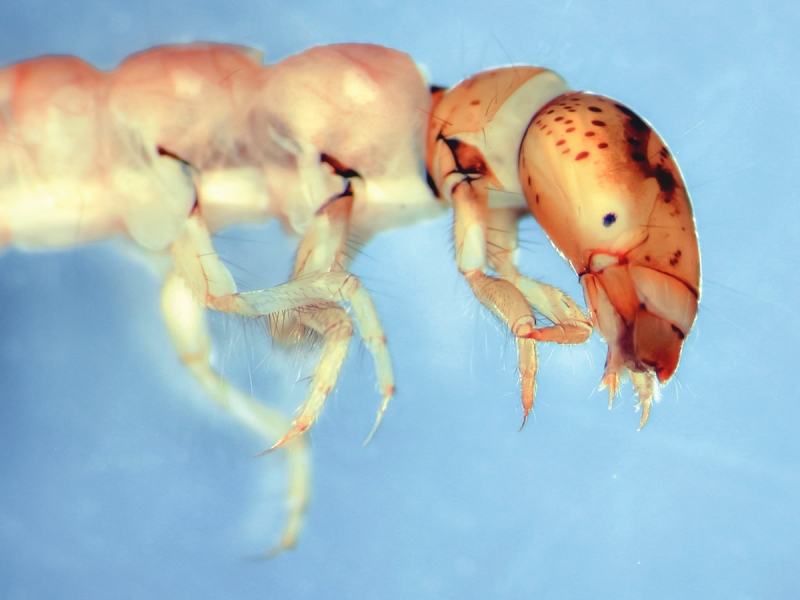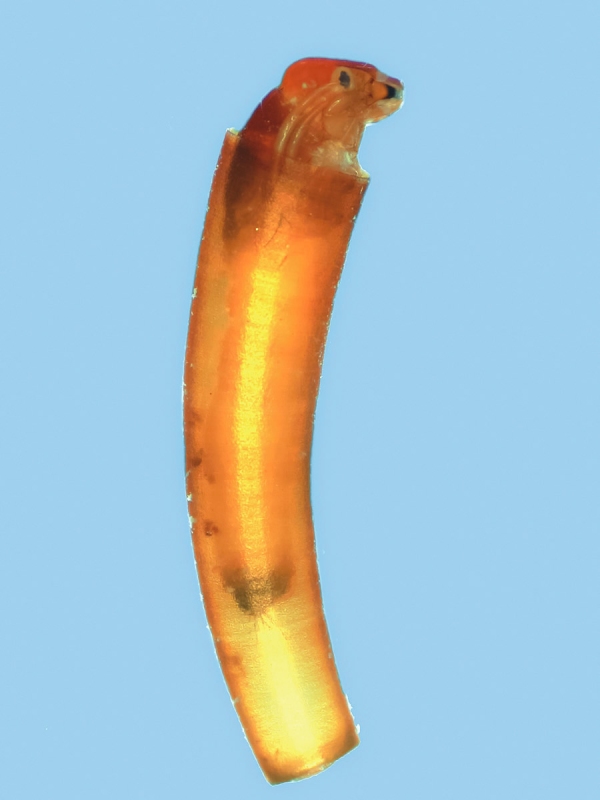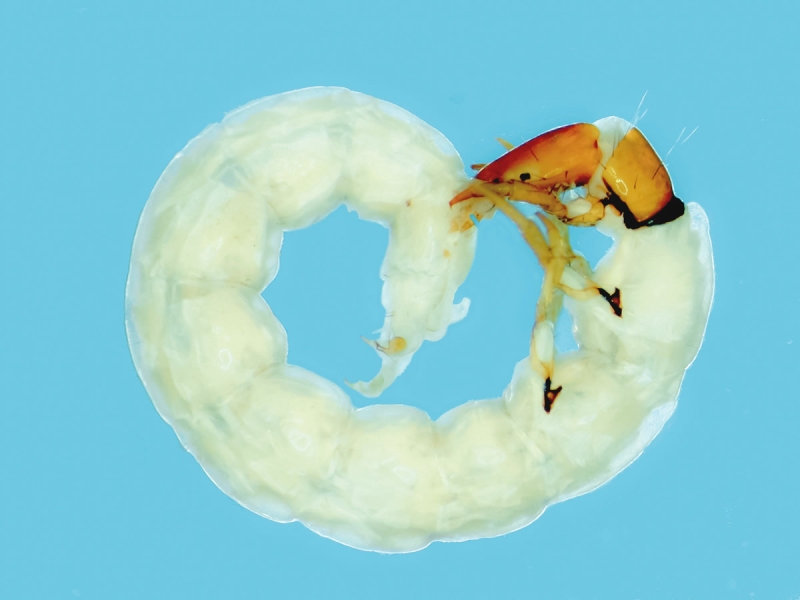There’s another way of measuring the health of rivers – the health of invertebrate populations that need them, says John Quinn, NIWA Chief Scientist, Freshwater and Estuaries.
If you’re worried about whether you can swim in a river, spare a thought for the invertebrates (insects, snails, shrimps and worms) that depend on waterways for their survival.
One measure of water quality is the variety and sensitivity of invertebrates that live in and around waterways. This signals not only what is in the water, but also the extent to which humans are disrupting things like water flow. An invertebrate-life measurement, called the macroinvertebrate community index (MCI), is increasingly used to determine the ecological health of waterways.
How does an MCI work?
The MCI works off a list of tolerance scores to organic pollution, ranging from 1 (very tolerant) to 10 (very sensitive), developed for each type of invertebrate from field observations.
It multiplies the average of the scores for the invertebrate types in a sample by 20, giving a ‘score’ that could theoretically be between 20 and 200. In reality, the invertebrate community at pristine sites includes a mix of very sensitive and moderately tolerant types, meaning an MCI score is rarely above 150.
What do MCI measurements tell us about New Zealand’s water quality?
Recent NIWA and regional council studies using the MCI show water quality in urban streams is typically ‘poor’ (median less than 80). Water in pastoral and exotic forests is typically good (median 100–110), while water in natural bush is ‘excellent’ (median 120).
Can I swim in water that measures high on the MCI scale?
Most probably, but not necessarily. Invertebrates don’t usually respond directly to the pathogens that make swimmers ill.
Does somebody count the number of invertebrates?
Measuring MCI doesn’t require a count of all the invertebrates in a sample – just the number of types (for example, species). Samples are collected in a net held downstream of an area of streambed as stones are turned over so that the creatures attached to stones or within the bed are washed into the net. The sample may be sorted live on site or, more usually, later in the lab after preservation in a type of alcohol. A person with taxonomic skills examines creatures and debris caught and picks out different types for closer examination under a microscope, as required, until all the types present have been recorded in the ‘species list’.
How do we know it is an accurate measure of the quality of water?
Various studies have shown that the MCI varies roughly in proportion to levels of organic and nutrient enrichment in the water. It is not a perfect measure because it is affected by events such as flooding that can scour out invertebrates, as well as the amount of shade at a site, which can affect the response of algal nutrient enrichment. However, knowledge of these influences is built into protocols for sampling and considered when interpreting results. The MCI just uses the presence of invertebrate types, not their abundances, but there are quantitative versions that do this, and work is ongoing on developing ways to use invertebrate species counts to evaluate other stressors, such as toxic metals and the energy flow through the food web to fish.
Why are insects important to stream ecology?
Invertebrates play key roles in stream ecosystems on top of their intrinsic biodiversity value. They convert primary energy inputs to streams, from leaves that fall in and algae and bacteria growing on the streambed in response to light and ‘catchment tea’ (dissolved carbon from soils), into food for fish such as whitebait, eels and trout, and birds. In the process they keep the streambed clean and recycle nutrients, keeping the stream healthy and productive.




